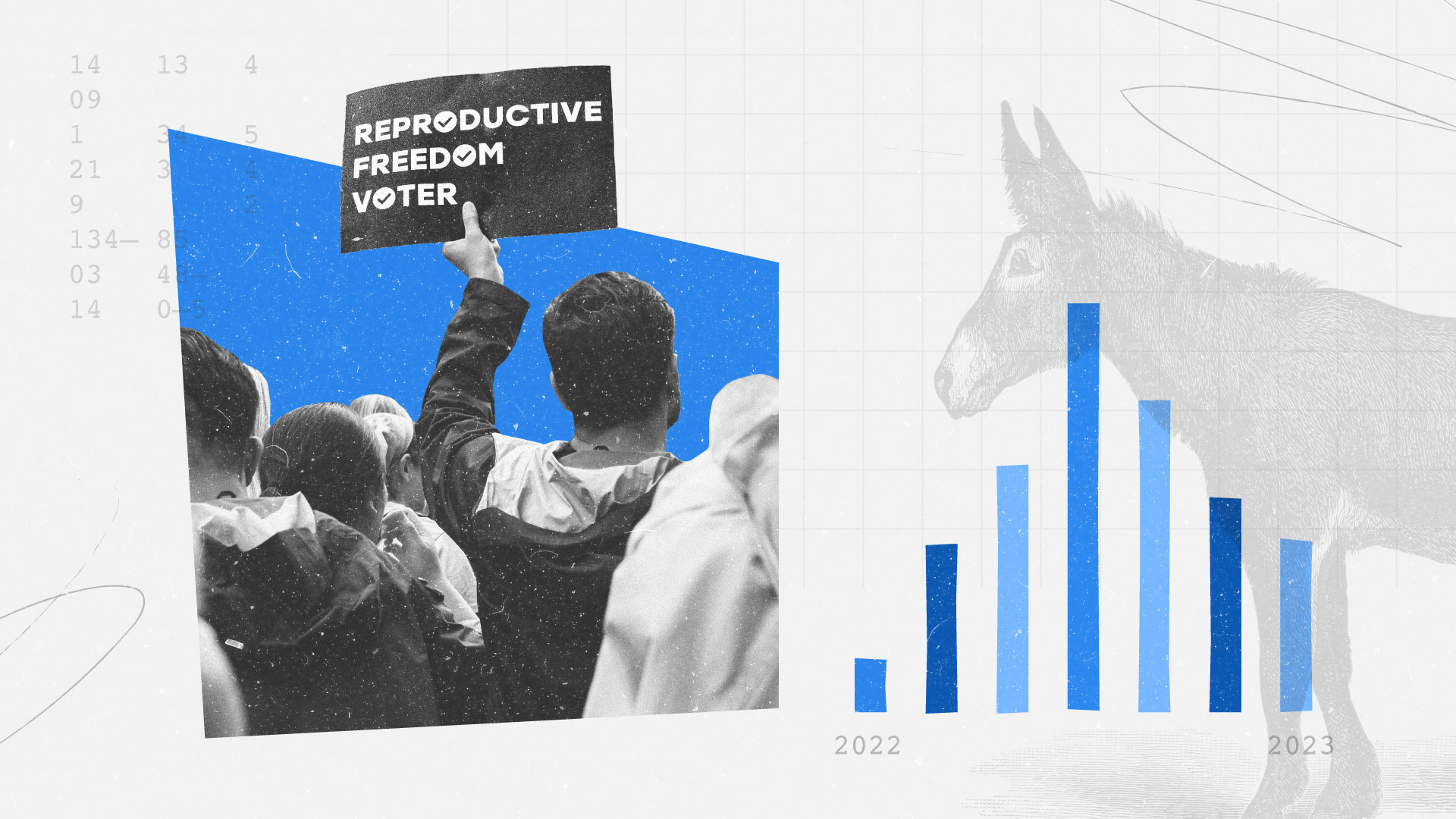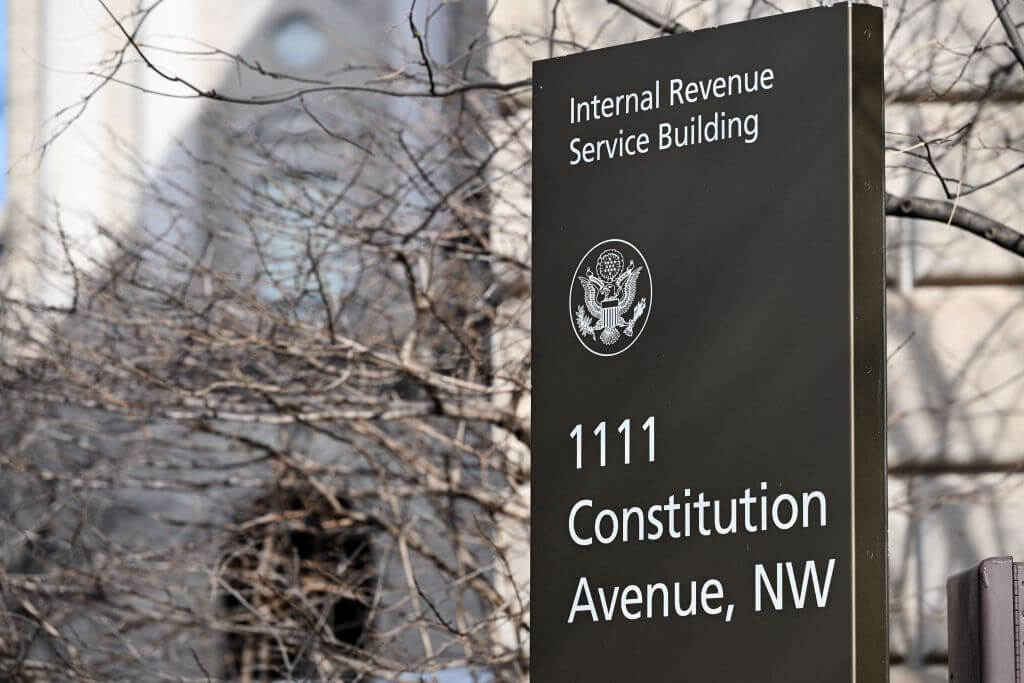Even for the Insured, ‘Free’ Coronavirus Testing Pledges Come With an Asterisk

Attempting to resolve confusion surrounding the cost of coronavirus-related care, President Donald Trump incorrectly said in a televised address Wednesday that the health insurance industry has agreed to provide free treatment for the infection, further muddling an already ambiguous situation that has left Americans attempting to navigate a patchwork of financial protections amid an escalating pandemic.
The president’s remarks came one day after Vice President Mike Pence said all insurers would waive co-pays on COVID-19 testing and extend coverage for treatment to their beneficiaires. But the broad declarations from the administration have not put to rest questions from those with private coverage about their potential costs. Each health insurance provider is coming to its own decisions about how coverage for beneficiaries might vary, according to a spokesperson for the trade group America’s Health Insurance Plans, and the responsibility rests on individuals to make sense of how their plan is handling the outbreak.
And despite moves by insurers to remove barriers to screening and treatment, exempted self-insured plans and the looming threat of hospitals becoming oversaturated by the number of people seeking care are raising concerns about patients’ out-of-pocket costs and vulnerability to surprise bills.
John Graves, an associate professor of health policy at the Vanderbilt University School of Medicine, said that, particularly in the event of a shortage of inpatient beds, the question on out-of-network costs becomes critical. Cost-sharing at out-of-network hospitals far eclipses cost-sharing within network and includes fewer financial protections for patients.
At issue for health experts, employers and insurers is the fear that a pandemic can fundamentally reshape how patients and health care workers navigate the health system. For one, oversaturation could force providers to divert patients to another facility if their in-network facility is full. Hospitals may have to lean on private labs they wouldn't normally utilize — labs that could balance bill the patient — and shortages may force facilities to staff with outside physicians and other personnel. As of now, for most people with private insurance, there is no guarantee that the benefit of waived fees would follow patients if they were at an out-of-network facility or interacted with an out-of-network provider.
The risk of out-of-network billing may be particularly salient in the case of the coronavirus because of the disproportionately high threat to seniors. For people covered by Medicare Advantage, hospital networks in some areas can be very narrow.
Two major providers of Medicare Advantage plans, UnitedHealthcare Group Inc. and Humana Inc., have waived cost-sharing for COVID-19 diagnostic testing in an effort to remove barriers for patients, but that guarantee does not yet extend to members if they go out-of-network except in the states that have declared a state of emergency. It’s unclear if and how that could change in a rapidly evolving situation.
Gary Cohen, vice president of government affairs for Blue Shield of California, said the company’s current policy only applies to cost-sharing for the amount covered by the insurer but does not necessarily apply to bills out of network.
“A decision to accept the contracted rate paid by the insurer and not to balance bill would have to come from the provider,” Cohen said, “which is why we support legislation at the federal level like what we have in California, which requires the provider to accept the median contracted rate in the area where the service is provided, with an opportunity to go to arbitration if that is not acceptable.”
Insurers and policymakers need to be very explicit about scenarios under which going to an out-of-network facility would be treated as if it were in-network, Graves said. Adding to the ambiguity is inconsistency across state lines; in Massachusetts, for example, the state directed insurers to “relax out-of-network requirements” when testing and treatment is unavailable from in-network providers.
The issue has resurfaced a major point of contention for providers and payers: surprise billing. On Tuesday, Pence said the insurers consented to “no surprise billing,” despite the fact that surprise bills are not sent by health plans, but rather facilities that charge more than what the insurer has agreed to cover.
“That statement made no sense, and I wish they would backtrack,” said James Gelfand, senior vice president at the ERISA Industry Committee.
Another loophole is self-insured plans, which cover 100 million Americans and are exempt from state oversight. Groups such as the ERISA Industry Committee and the American Benefits Council represent large businesses that are excluded from directives from states and insurers. While companies like Aetna Inc., UnitedHealthcare, Blue Cross Blue Shield and others administer the plans, the employers front the costs and dictate covered benefits and cost-sharing.
According to Gelfand, the vast majority of companies his group works with want to opt-in to their plan sponsors’ offer to waive COVID-19-related fees, given that the cost of covering testing and treatment is dwarfed by the cost of their workforce being hit with the virus. Still, that cost may reappear for workers in the form of higher premiums next year.
Katy Johnson, senior counsel on health policy at the American Benefits Council, said if plan sponsors do decide to expand coverage to members irrespective of network, employers operating self-insured plans would still have a say about how that would operate.
ERISA statute is vague when it comes to coverage for infectious diseases, and Gelfand said in order to avoid ambiguity in the future about whether self-insured plans will waive cost-sharing when facing a public health emergency, the organization has made a number of suggestions to Capitol Hill on adjusting the statute.
“What we're asking for is to permanently change the tax code so that this is never an issue again,” Gelfand said, suggesting Congress amends the portion of the Social Security Act that defines “preventive services” to add screening and treatment for infectious diseases.
While navigating precarious, uncertain terrain, both the ERISA Industry Committee and the American Benefits Council said they have not been in touch with Trump’s coronavirus task force.
“We hope that the president and task force will reach out to employers,” Gelfand said.
Democratic lawmakers plan to vote on legislation that would require all health plans, including self-insured plans, to waive patient cost-sharing for testing on Thursday.
Yusra Murad previously worked at Morning Consult as a reporter covering health.
Related content

As Yoon Visits White House, Public Opinion Headwinds Are Swirling at Home

The Salience of Abortion Rights, Which Helped Democrats Mightily in 2022, Has Started to Fade
